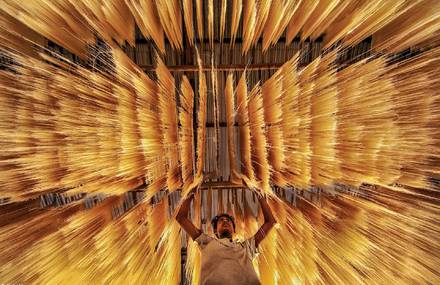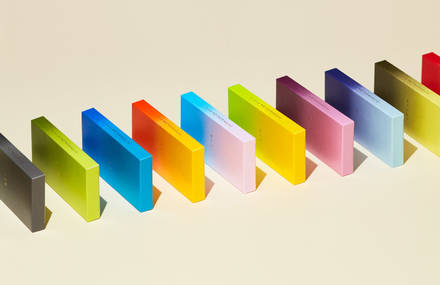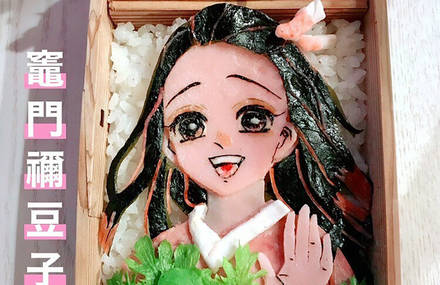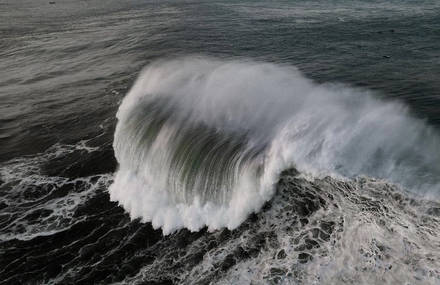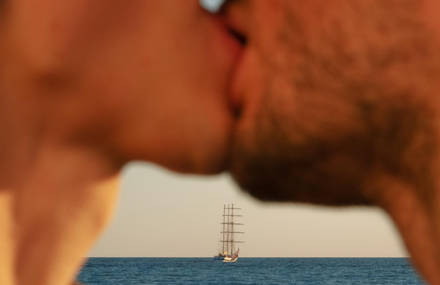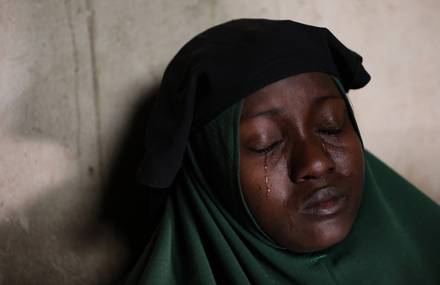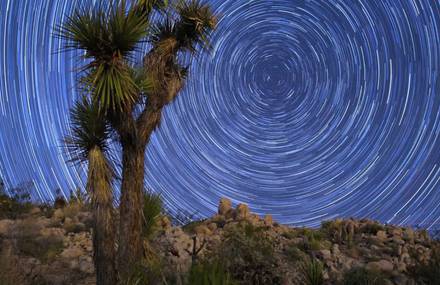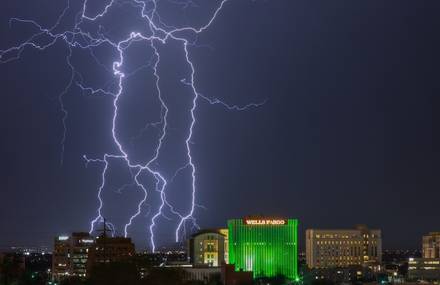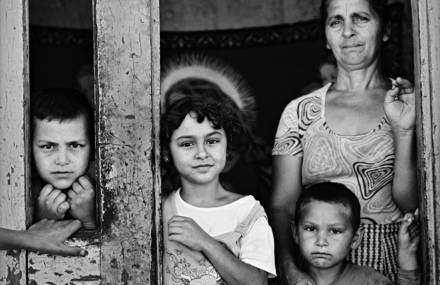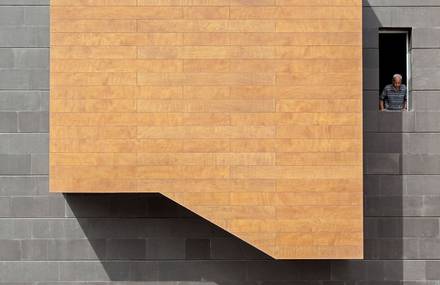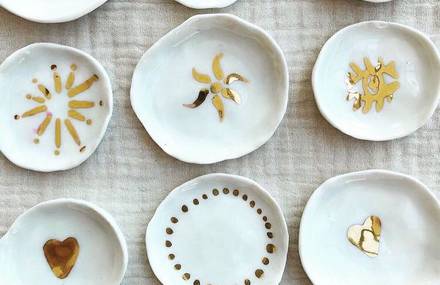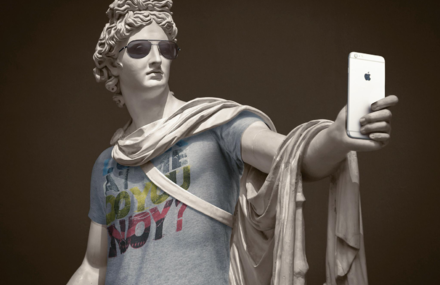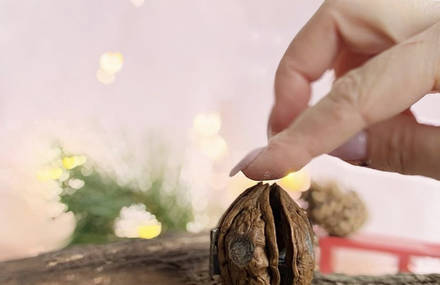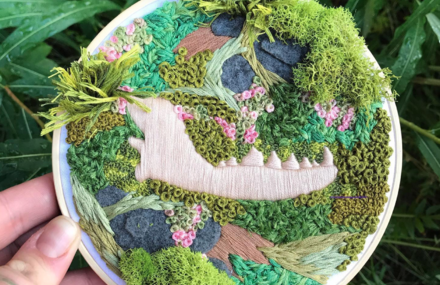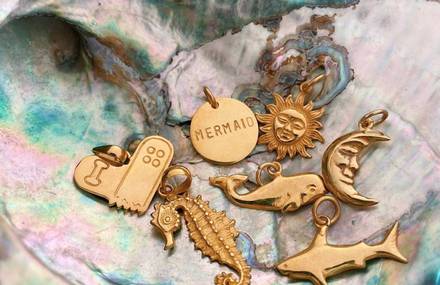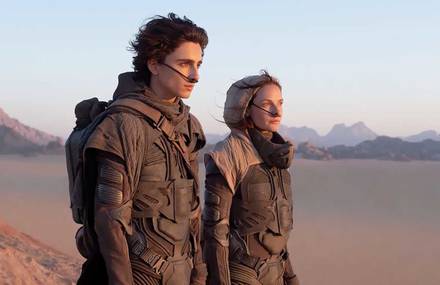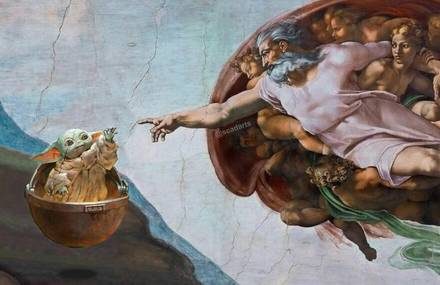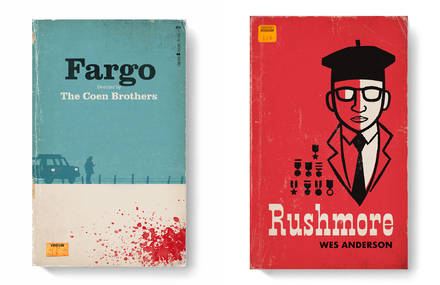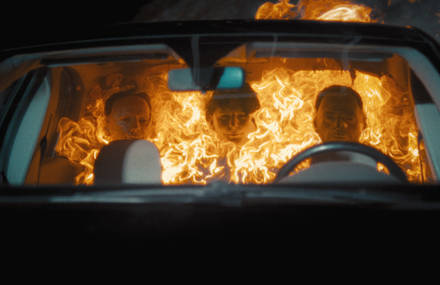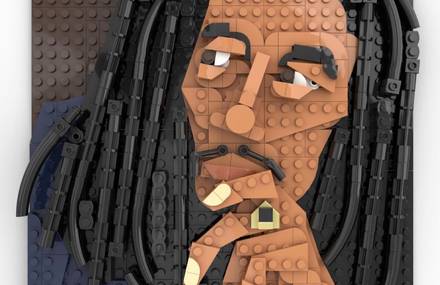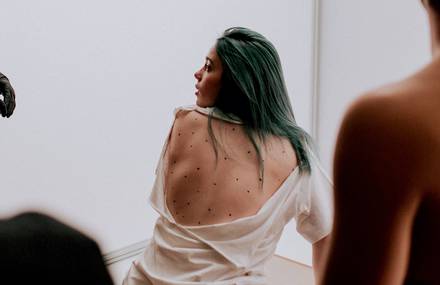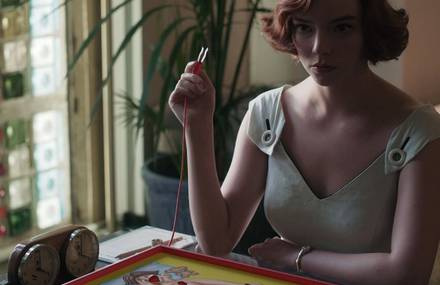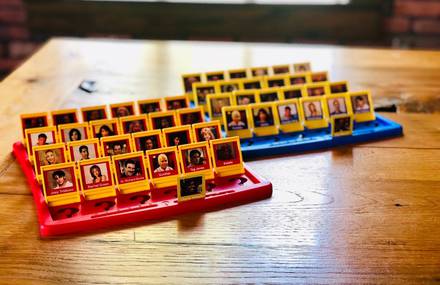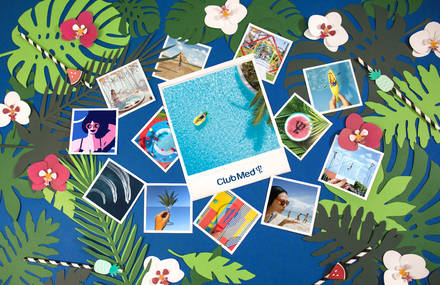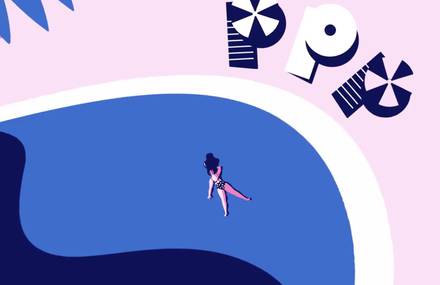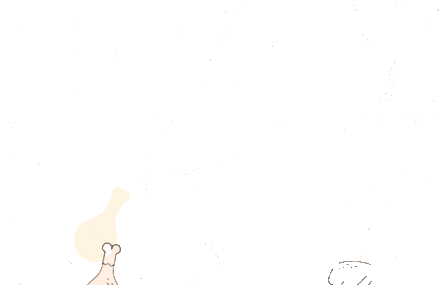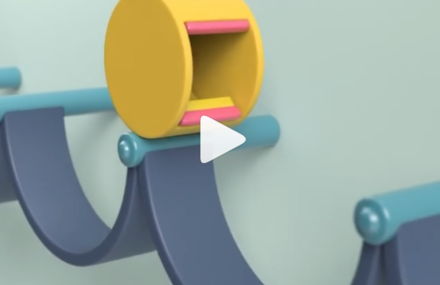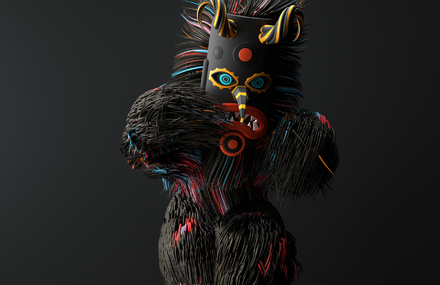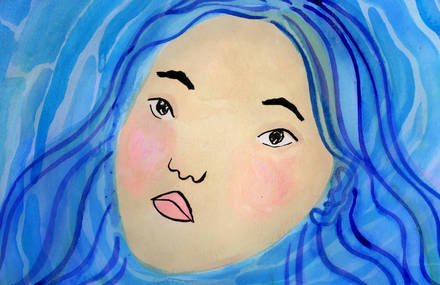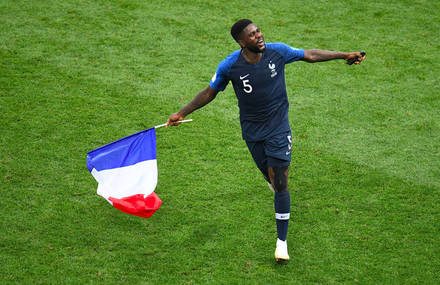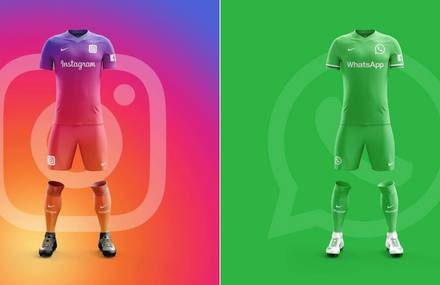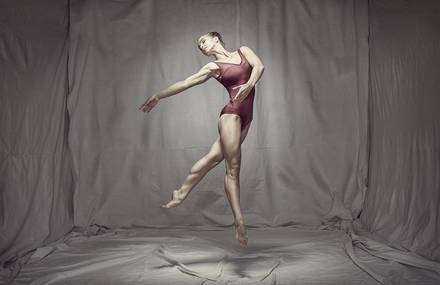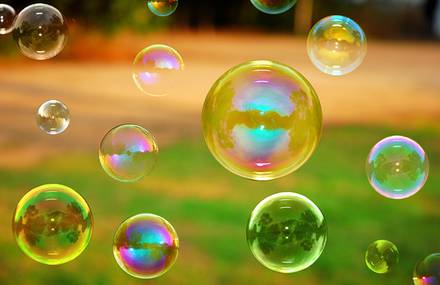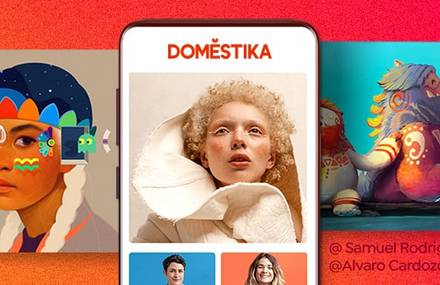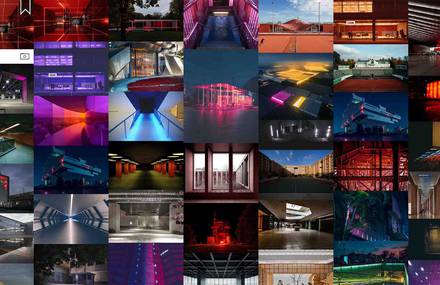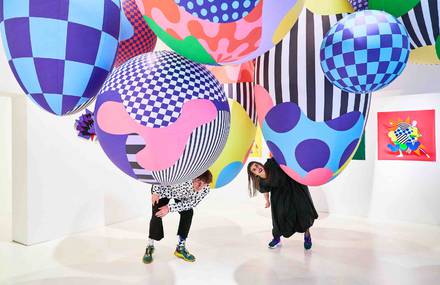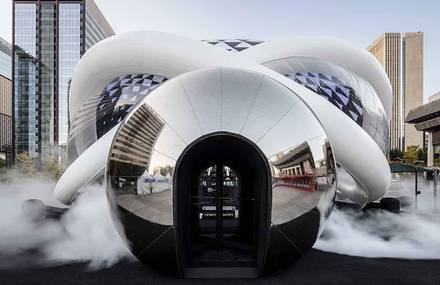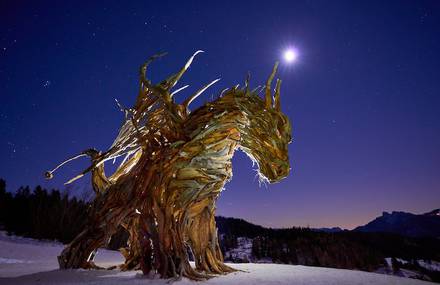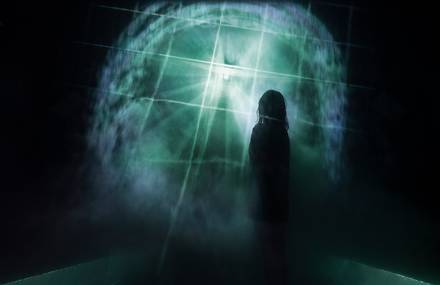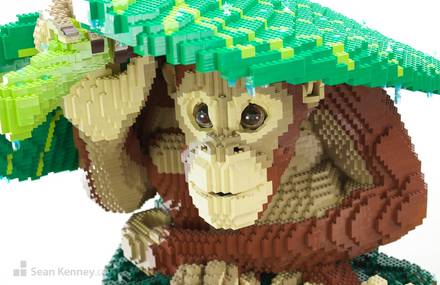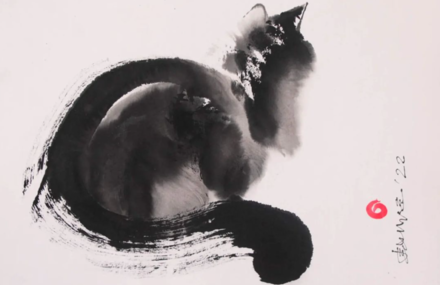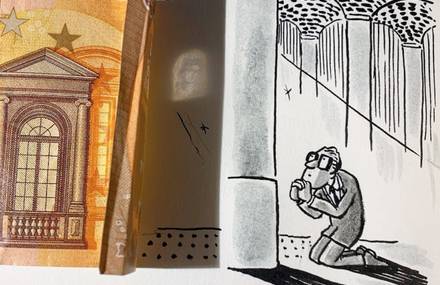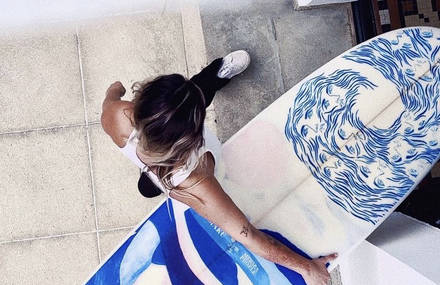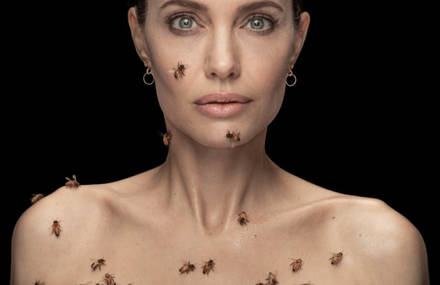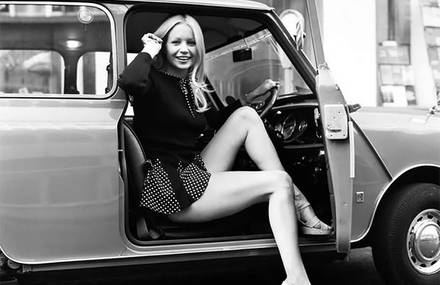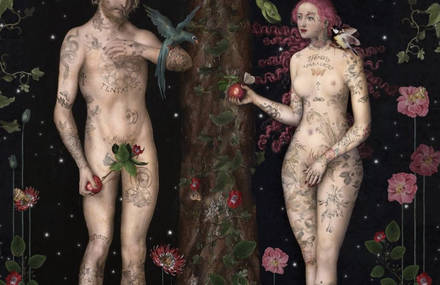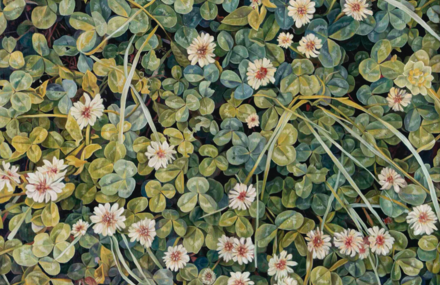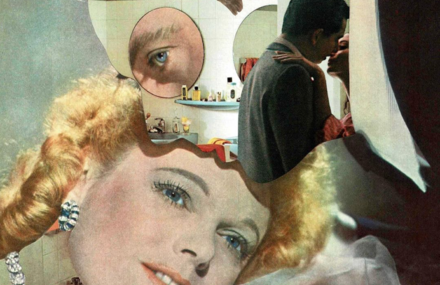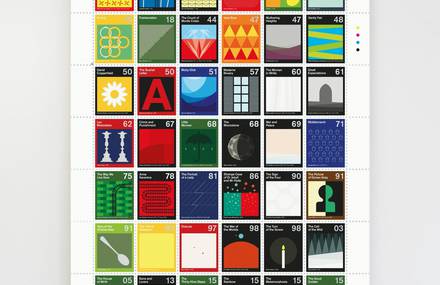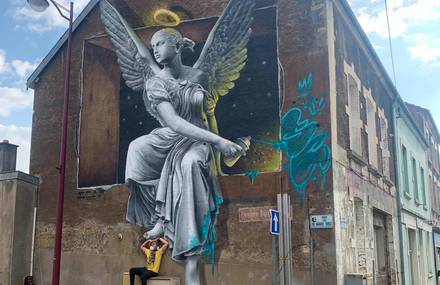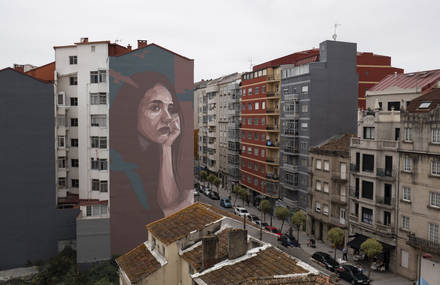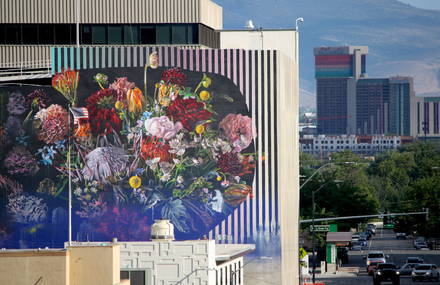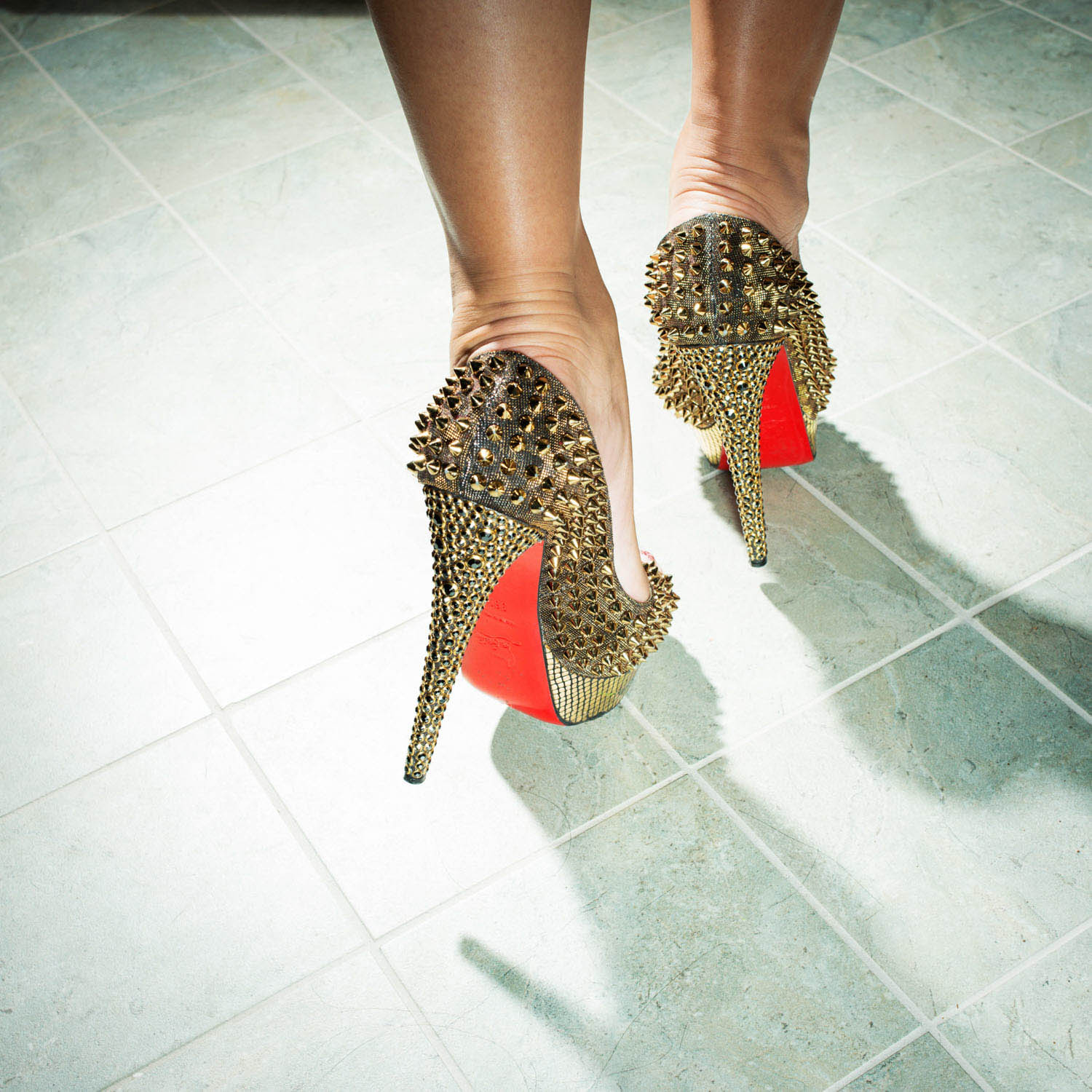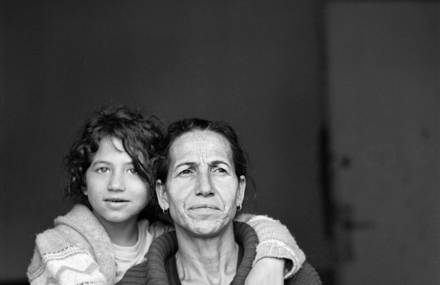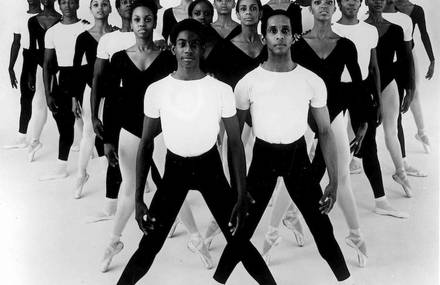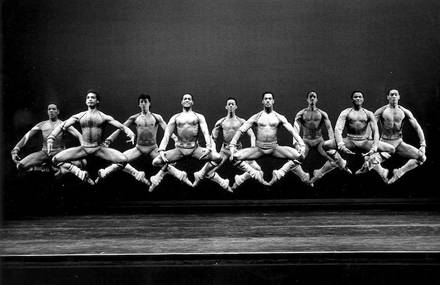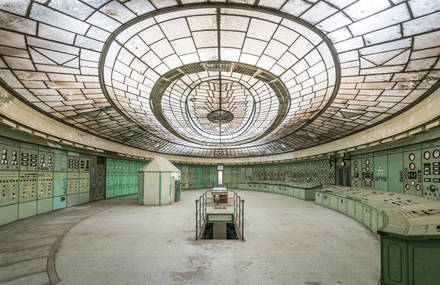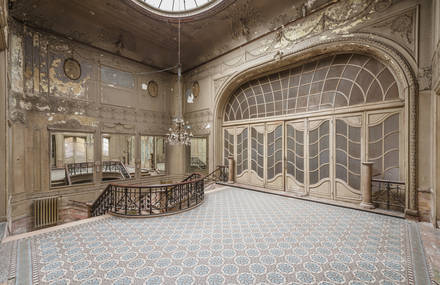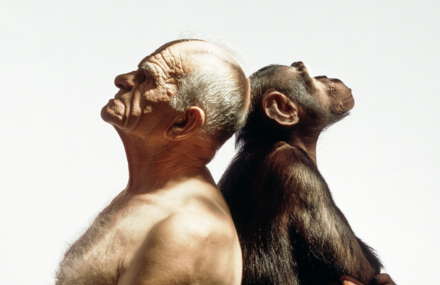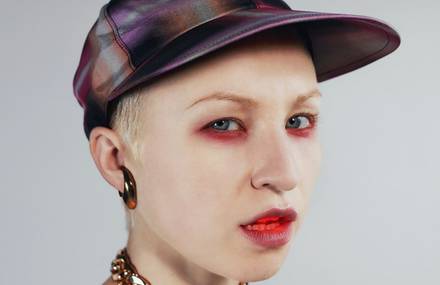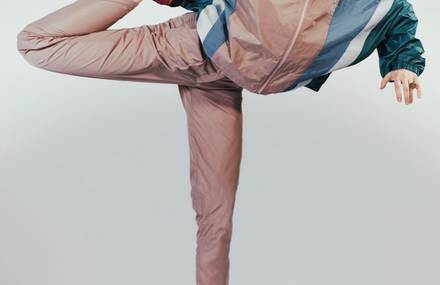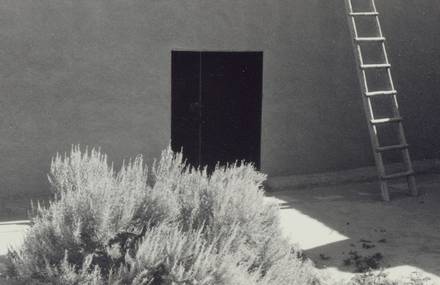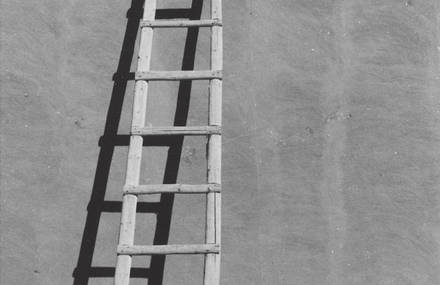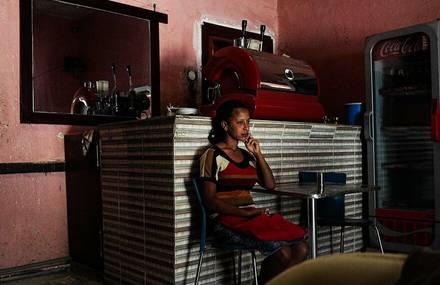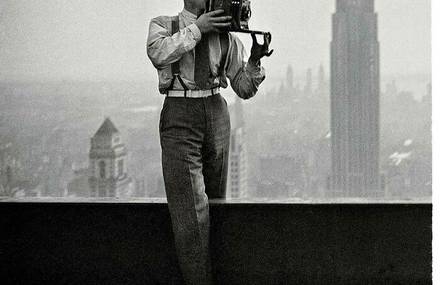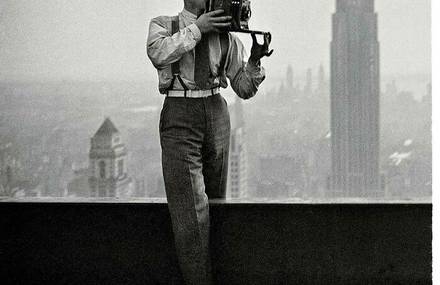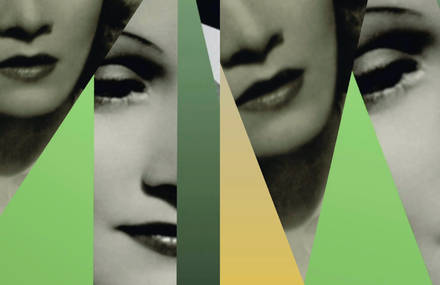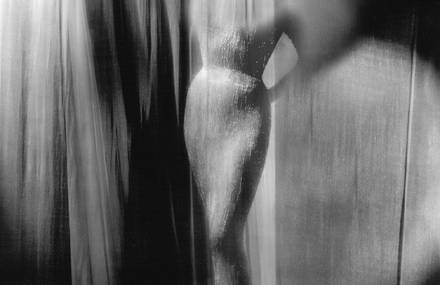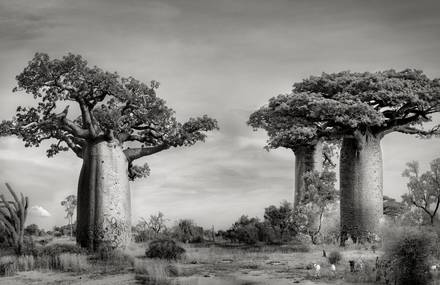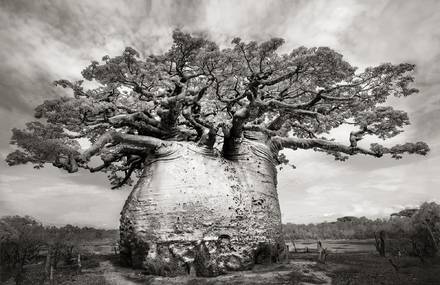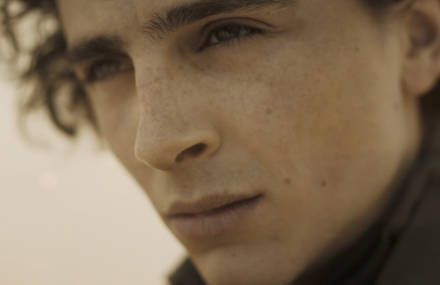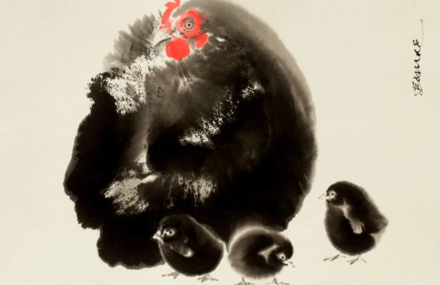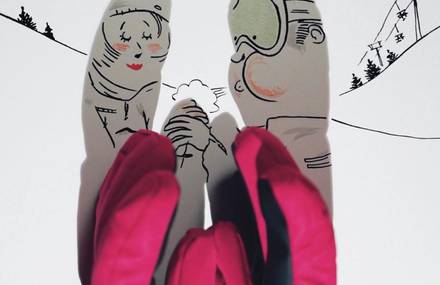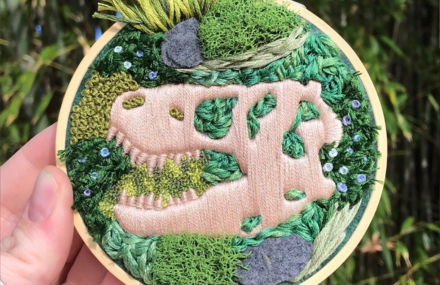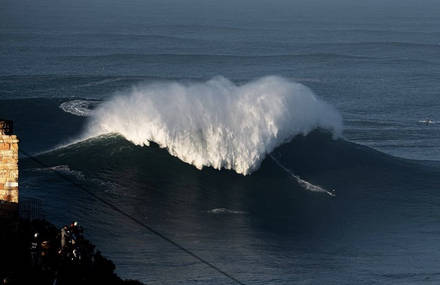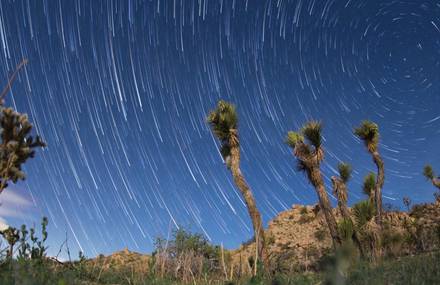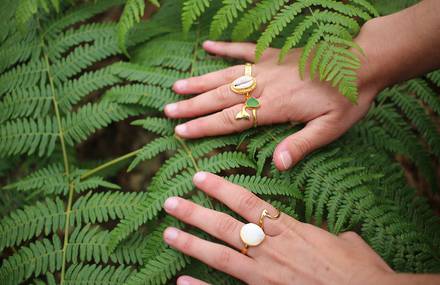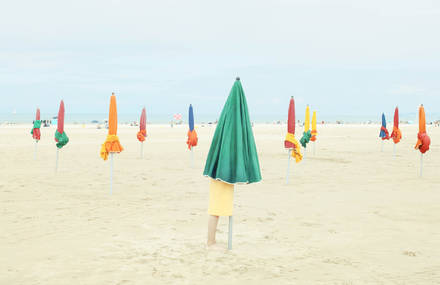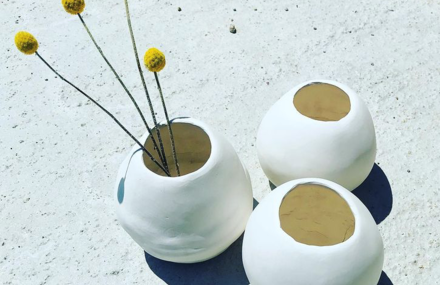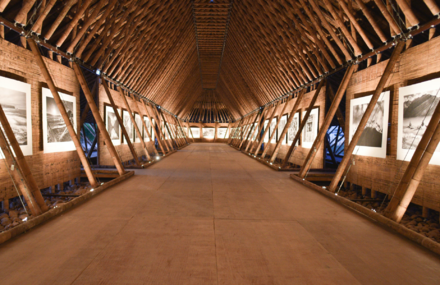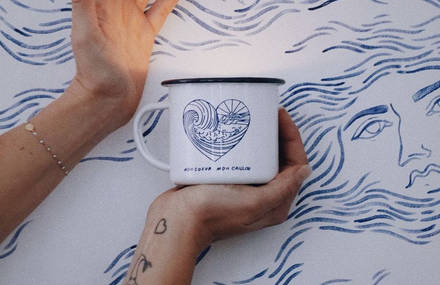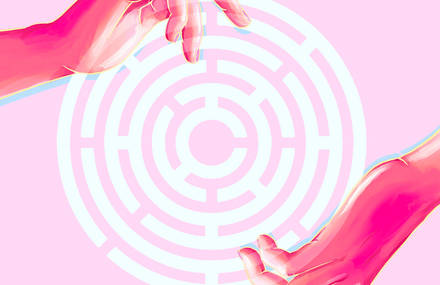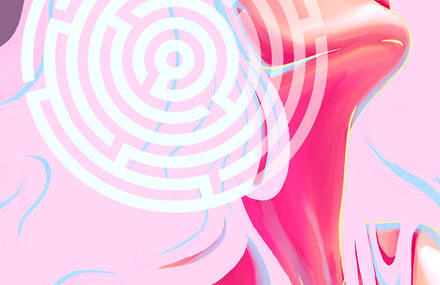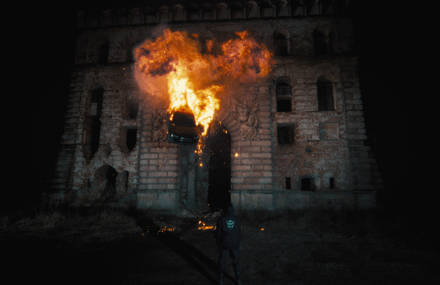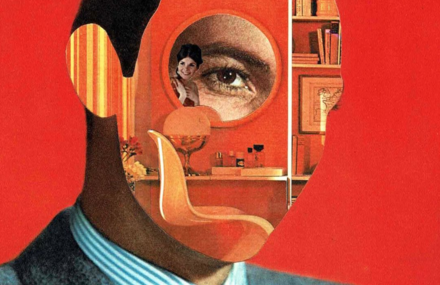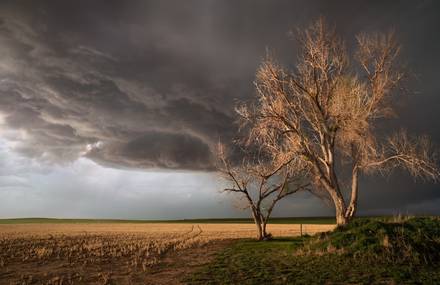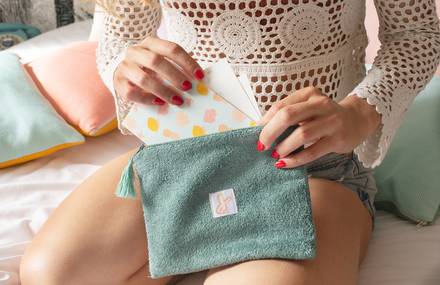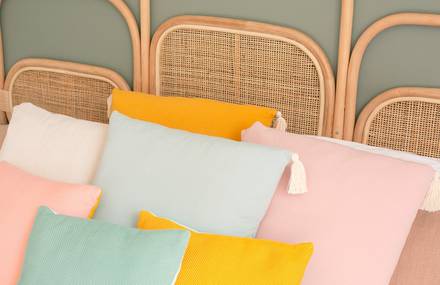The photojournalist Brian Finke works with square format and the light of the flash to tell story. From bodybuilders to cheerleaders to voodoo ceremonies, everything is a pretext for the photographer to be immortalized. His unique images, sold on his website, reflect colorful moments shared by Brian Finke and his models.
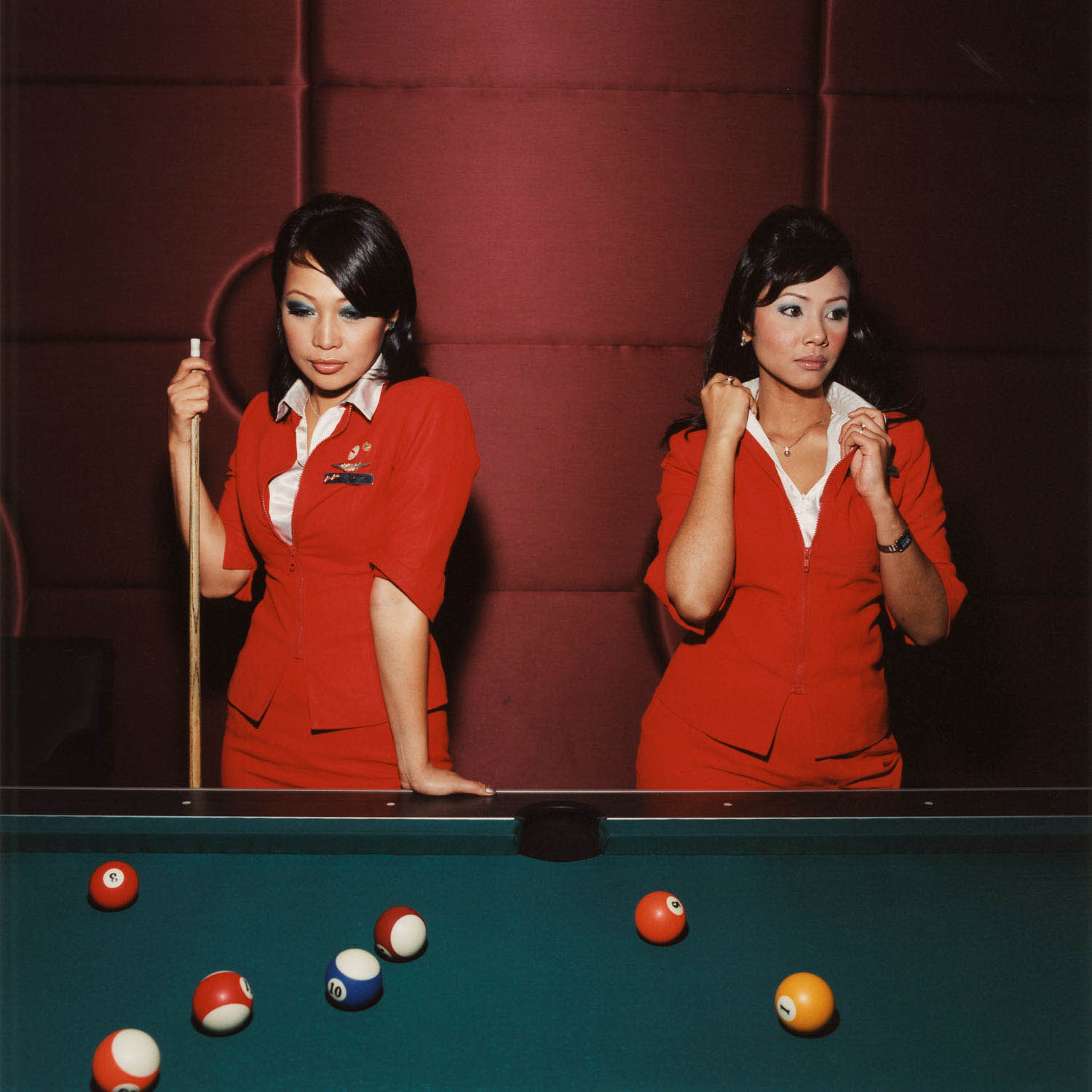
I began photographing wanting to be a photojournalist. Even by high school I was already inspired by photographers like W. Eugene Smith, Gill Peres, and Eugene Richards. I wanted to be a photographer following in that lineage but making work of my generation. I think modern documentary photography isn’t about covering the same hard-hitting subjects as in the past and that other photographers have done so well and for so long. Now it’s a quieter social comment on our culture, American life, of personal events. Now with photography, I want to be inspired and gain new insight into the familiar. And also—in the opposite direction—to gain a familiarity with what is not familiar. Overall, my photographs show the people that make up contemporary life, from hip hop, Spartan racers, hedonists, cheerleaders, flight attendants, and photos of my family. The scope of the story is broadening with every new shoot and assignment, it’s exciting.

I describe my photographic approach as a “stylized documentary.” I love storytelling. I use color and flash to heighten and exaggerate the familiar, to make he photos feel larger than life. Lighting is always very important to me. My friends and kids tell me that even when I’m not photographing that I’m constantly stopping to look or pointing out the light and color in everyday situations.

I’m most proud of whichever series I’m currently working on. Right now I’m photographing my family. A big motivation behind the photos is to highlight the importance of the people most important to me, my family and friends. After spending the past 20 years working as a photographer photographing culturally relevant stories for magazines and brands, it felt really good turning the camera towards the people closest to me. It’s very fulfilling.

For me, it’s like being part dancer, part psychologist. It’s about feeling out a situation, finding a common thread or a way of relating, having a conversation, and then ultimately having fun with it. This is all kind of vague because it’s a hard process to describe. Sometimes I’m just an observer. Sometimes I’m more involved. It’s whatever feels right. The process always changes. And a lot of time photographing is spent just hanging out. I’m a pretty chill person to be around. I’m a listener. I think my presence allows people to be themselves around me, and that’s where the picture making begins.
Such a big part of being a documentary photographer is being out in the world having experiences. Every part of the process is amazing, it’s all very inspiring—meeting incredible people, being in unique situations, learning, and having so much fun all along the way. To me, the most important thing you have with people is your experiences. And photography allows for a lot of really unique ones.
